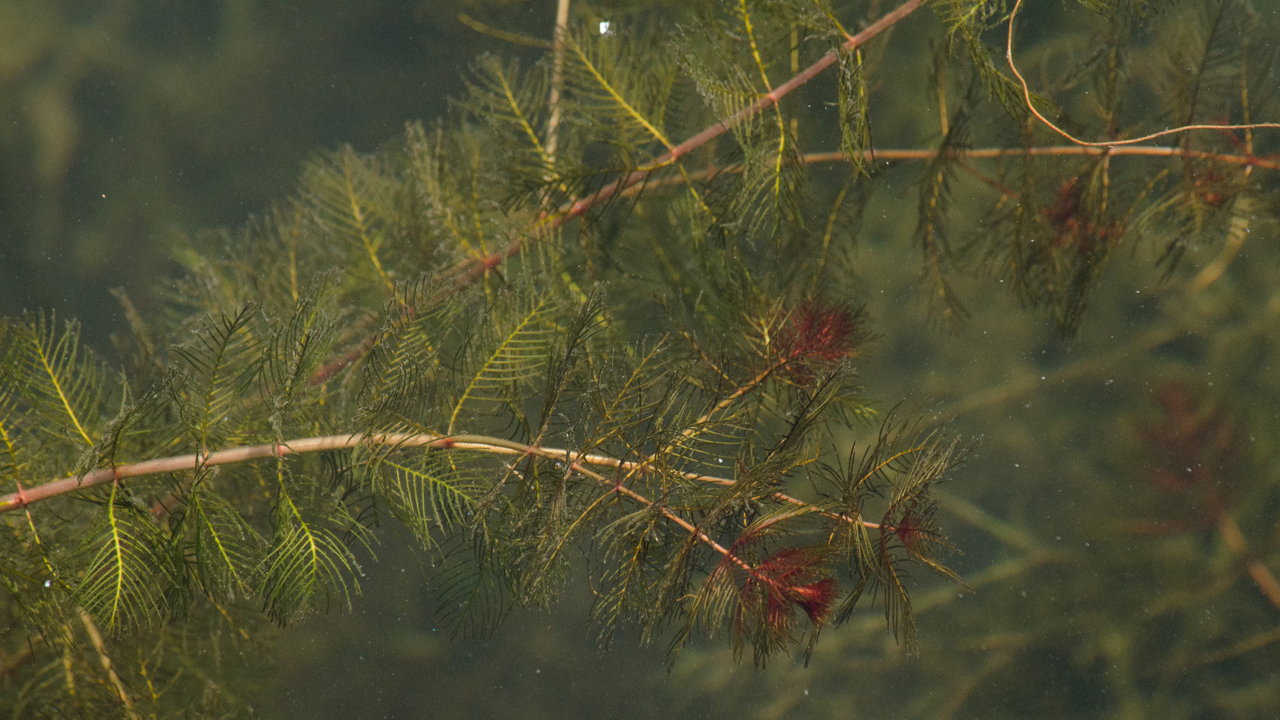
Research in Michigan has identified watermilfoil strains or genotypes that are more invasive or are resistant to specific herbicides and recent work has begun to characterize the response of different Michigan strains to specific herbicides. Much less is known about the response of strains in Wisconsin or Minnesota but recent surveys, and assessment of responses to field management have identified a number of strains from Minnesota that should be evaluated for response to herbicides. The aim of this project is to add to our existing database of strain herbicide responses by characterizing several Minnesota strains.
Background:
In Michigan, researchers have discovered different types of watermilfoil plants that are more invasive or resistant to specific herbicides. Recent studies have started to explore how these strains in Michigan respond to herbicides. However, less is known about the strains in Wisconsin or Minnesota. Recent surveys and assessments in Minnesota have identified strains that should be examined for their response to herbicides. This project aims to expand the understanding of how Minnesota strains of watermilfoil respond to herbicides.
Several strains have been selected for characterization based on genetic surveys, including hybrid strains found in multiple lakes and those showing varied responses to herbicides in Lake Minnetonka. The initial focus will be on testing the response of these strains to 2,4-D, a commonly used herbicide in Minnesota for milfoil control. Depending on the results, further testing with different herbicides will be conducted, especially if resistant strains are found. Additionally, efforts will be made to collect more samples in Minnesota for further assessment.
The methods involve exposing rooted plants of each strain to herbicides in tanks and assessing their biomass after a period of growth. The results will be analyzed using statistical models to understand the effects of different treatments. If any strains show resistance to 2,4-D, further testing with other herbicides will be conducted to find suitable alternatives. If no resistance is found, additional strains will be tested to broaden the understanding of herbicide responses among Minnesota watermilfoil strains.
Research findings:
MAISRC researchers found differences among strains for each herbicide, as well as differences between herbicides. Some strains, including the northern one, weren't controlled with 2,4-D at certain doses, but all were controlled by triclopyr. Initial results suggest all plants were controlled with florpyrauxifen-benzyl, but there were differences among strains. Triclopyr demonstrated effective control of all five genotypes at label rate dosages, but two genotypes have evidence of resistance. 2,4-D controlled three genotypes at label rates, but two genotypes, a hybrid genotype and the northern genotype, are resistant.
Using genetic monitoring can help choose the right herbicides and doses for known strains and suggest other strains for testing. Further genetic analysis may help identify specific genes related to resistance. These findings are crucial to support managers with the most cost-effective treatment options specific to the genotype of the lake in question.
